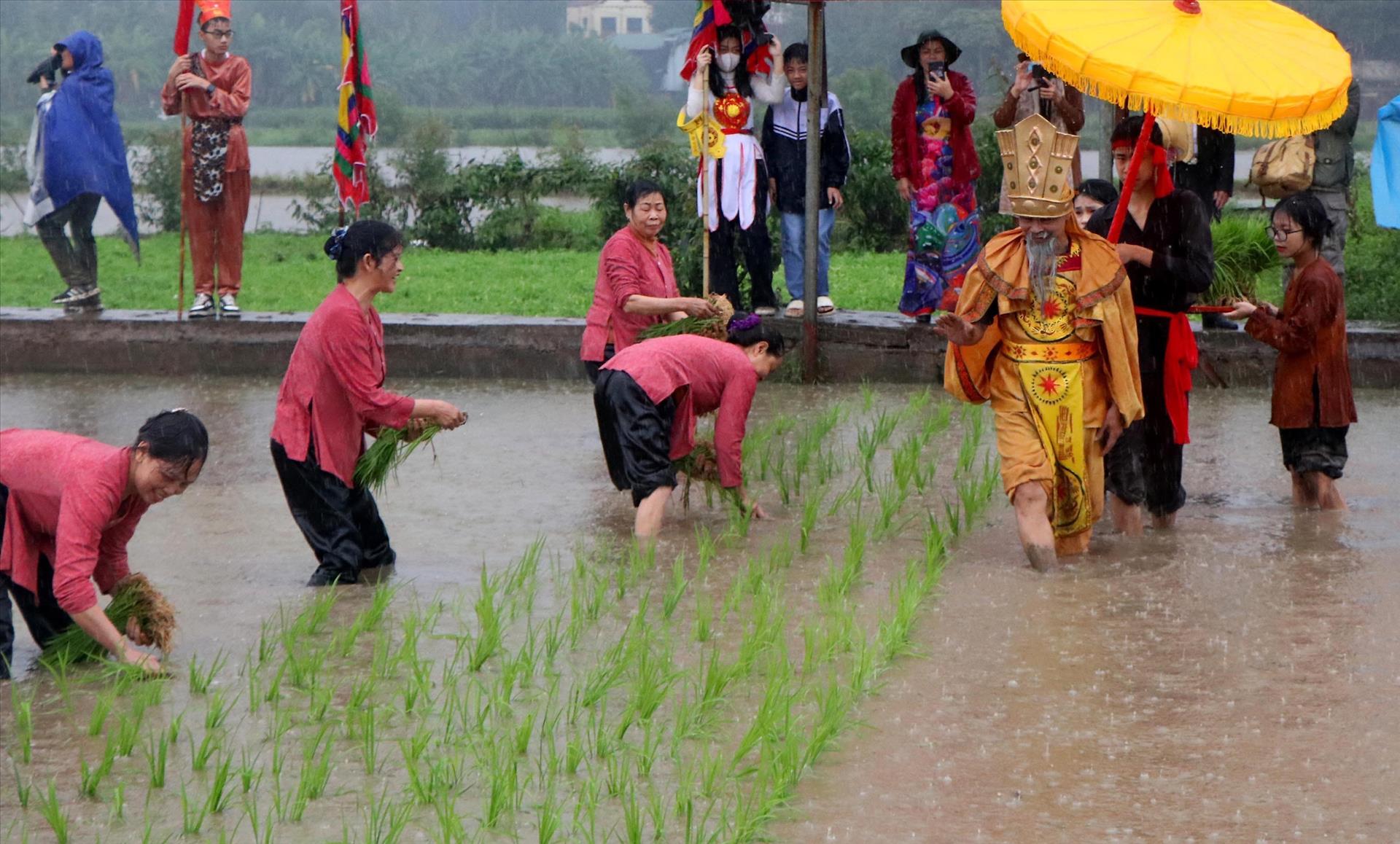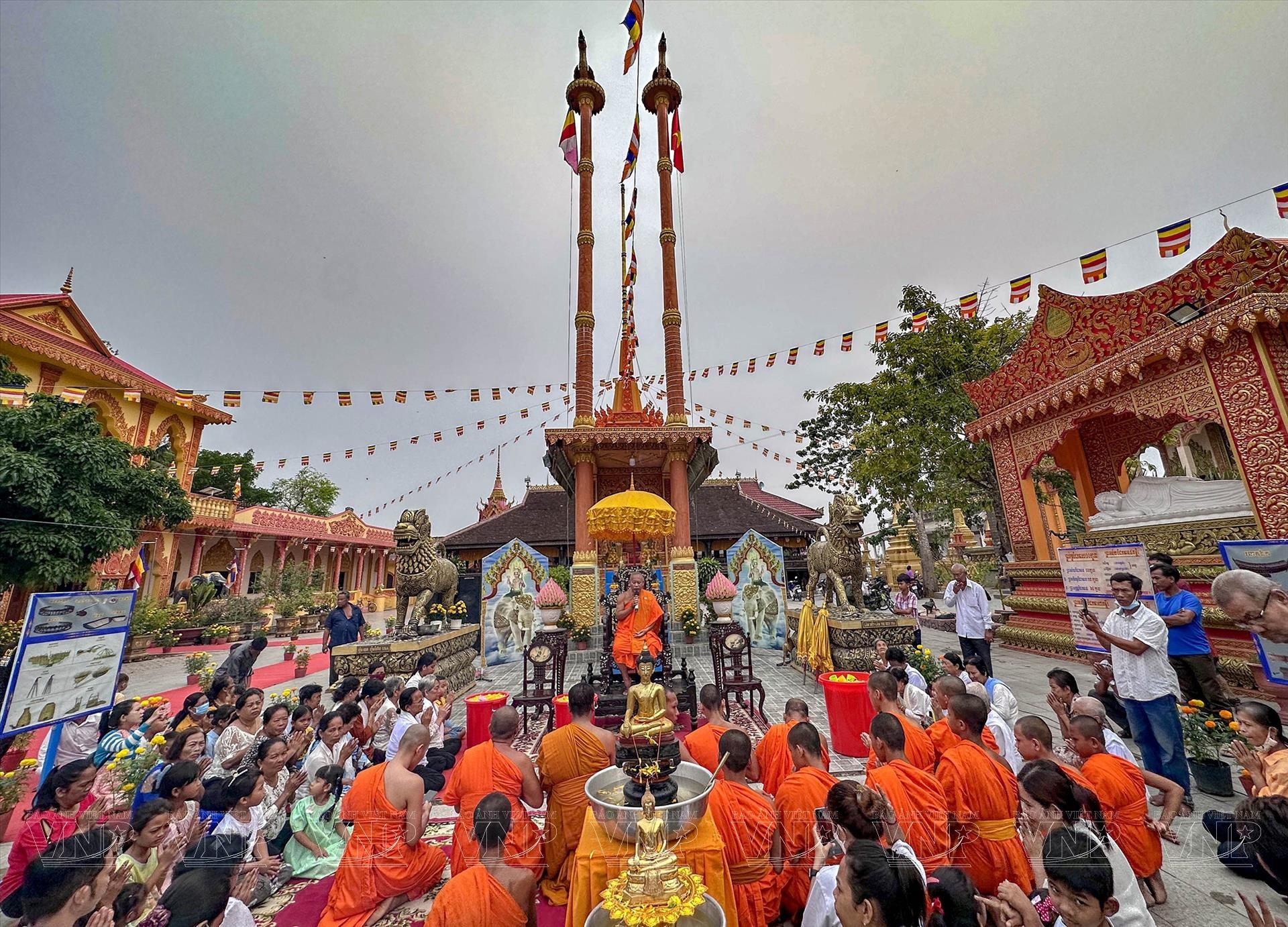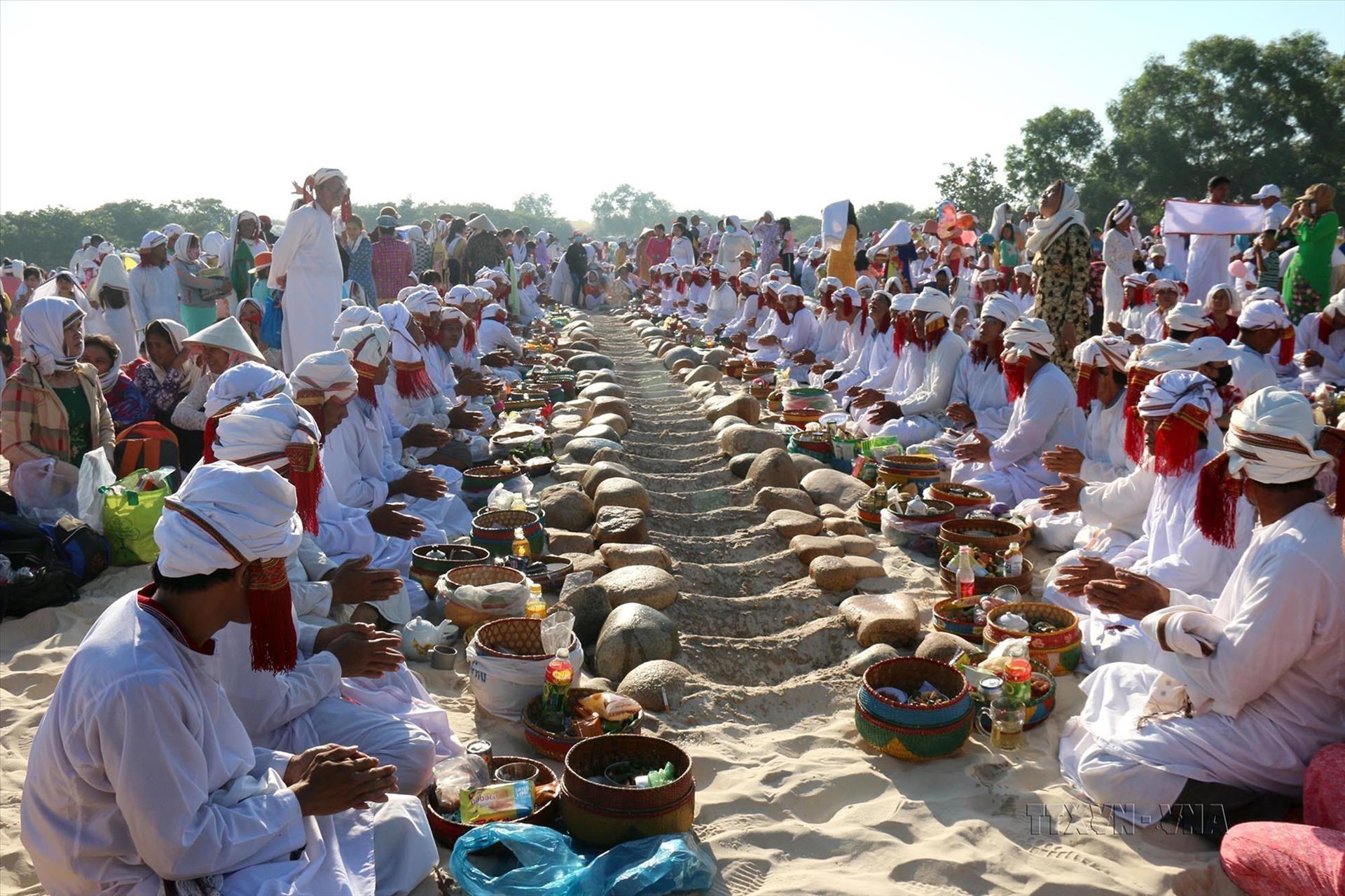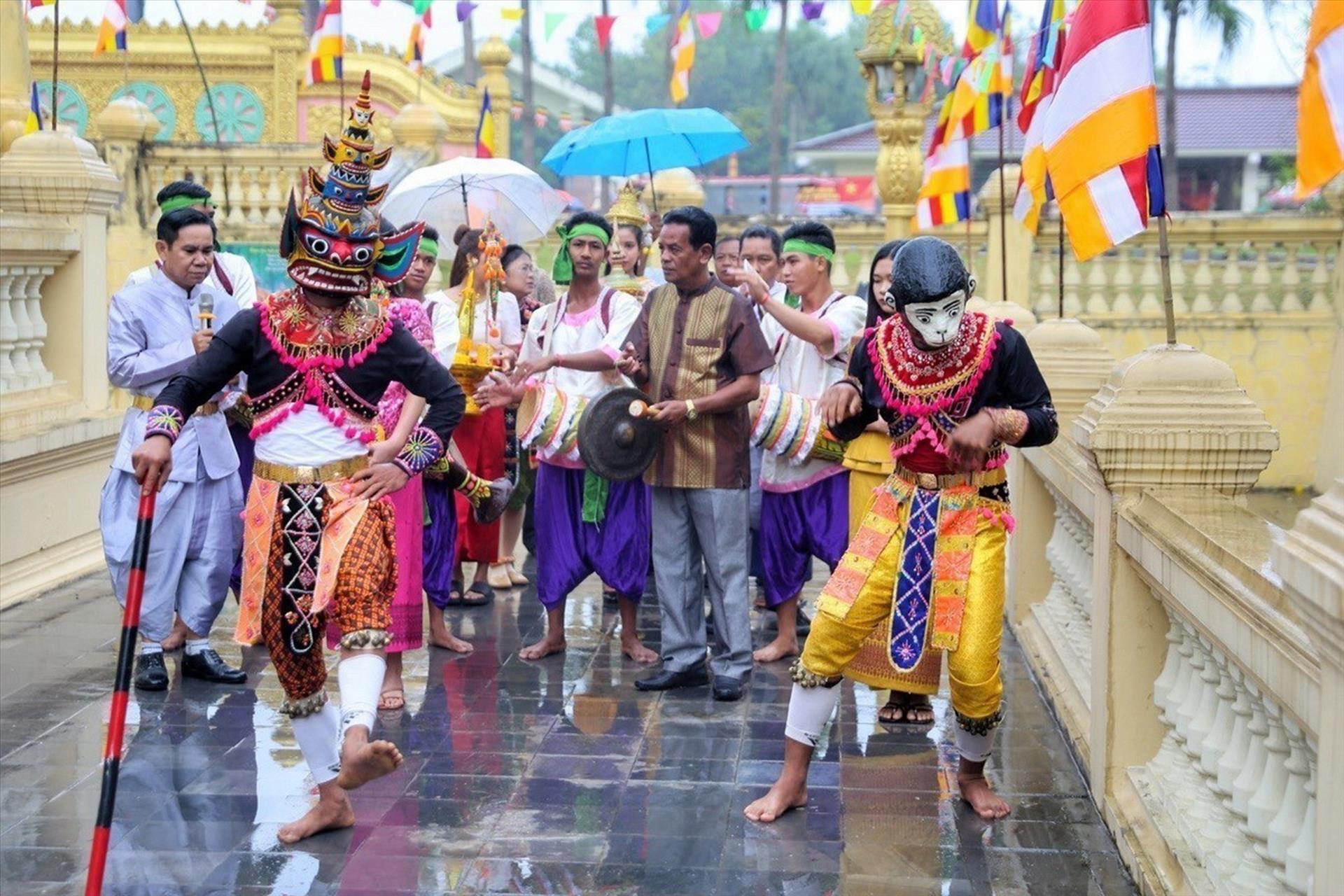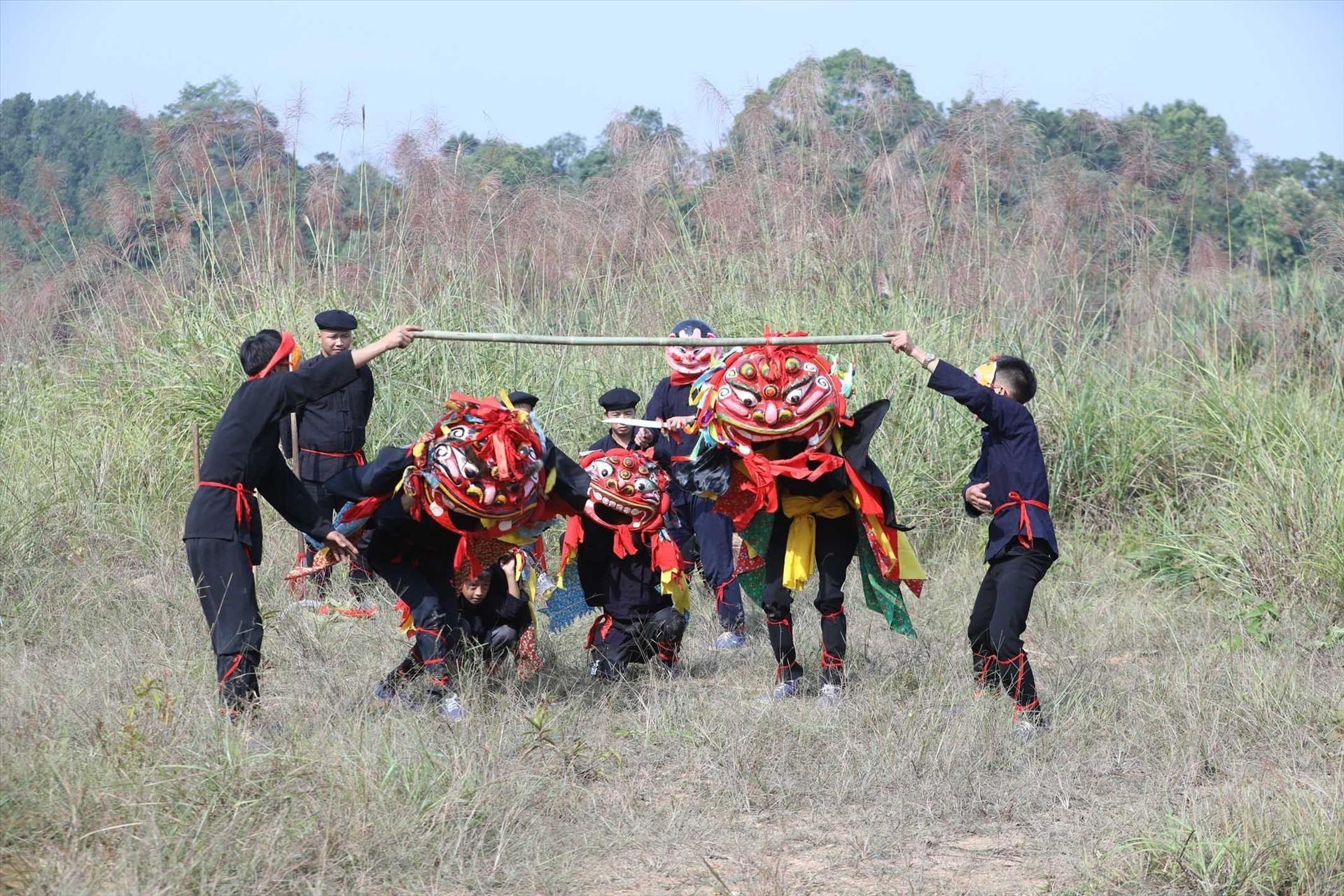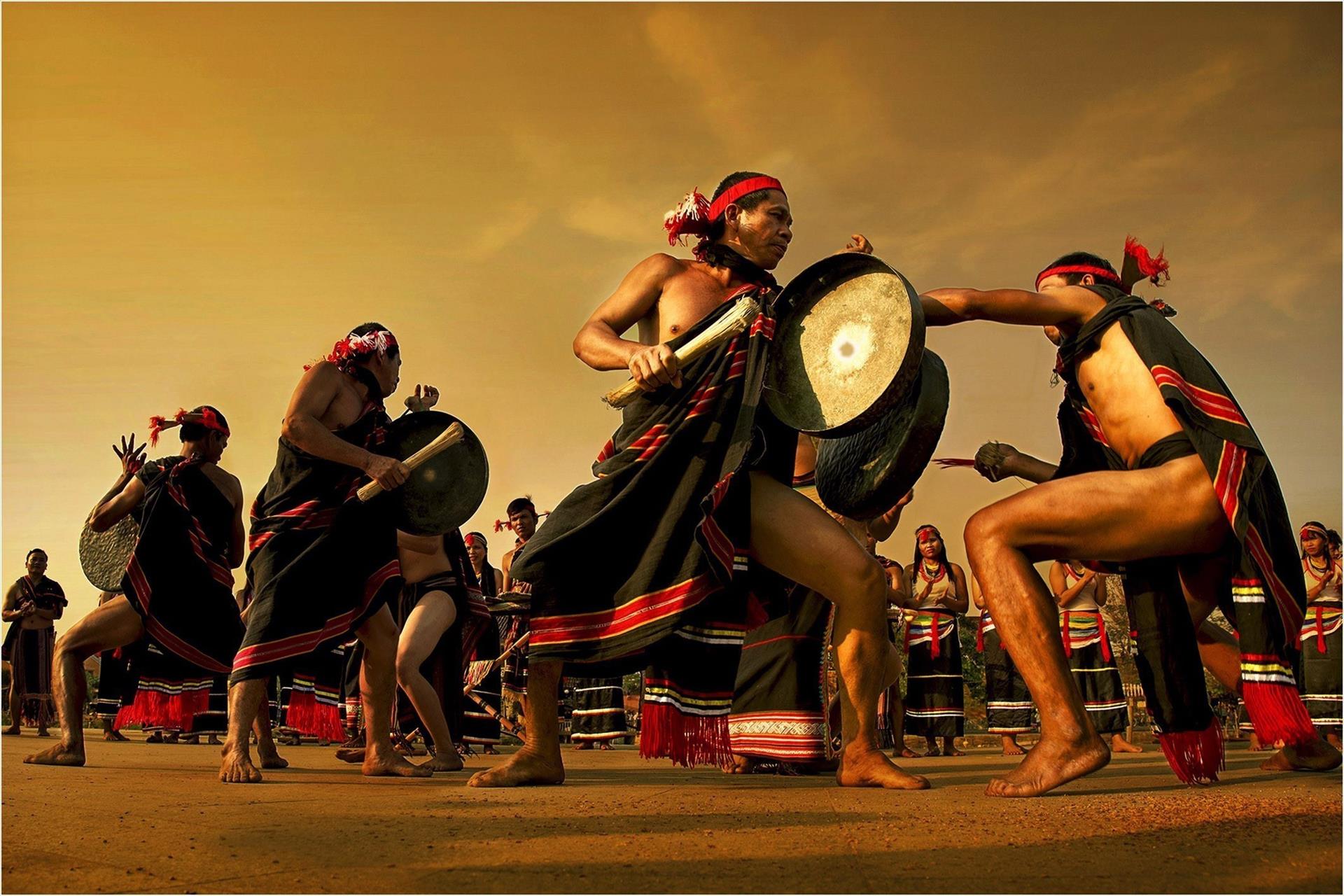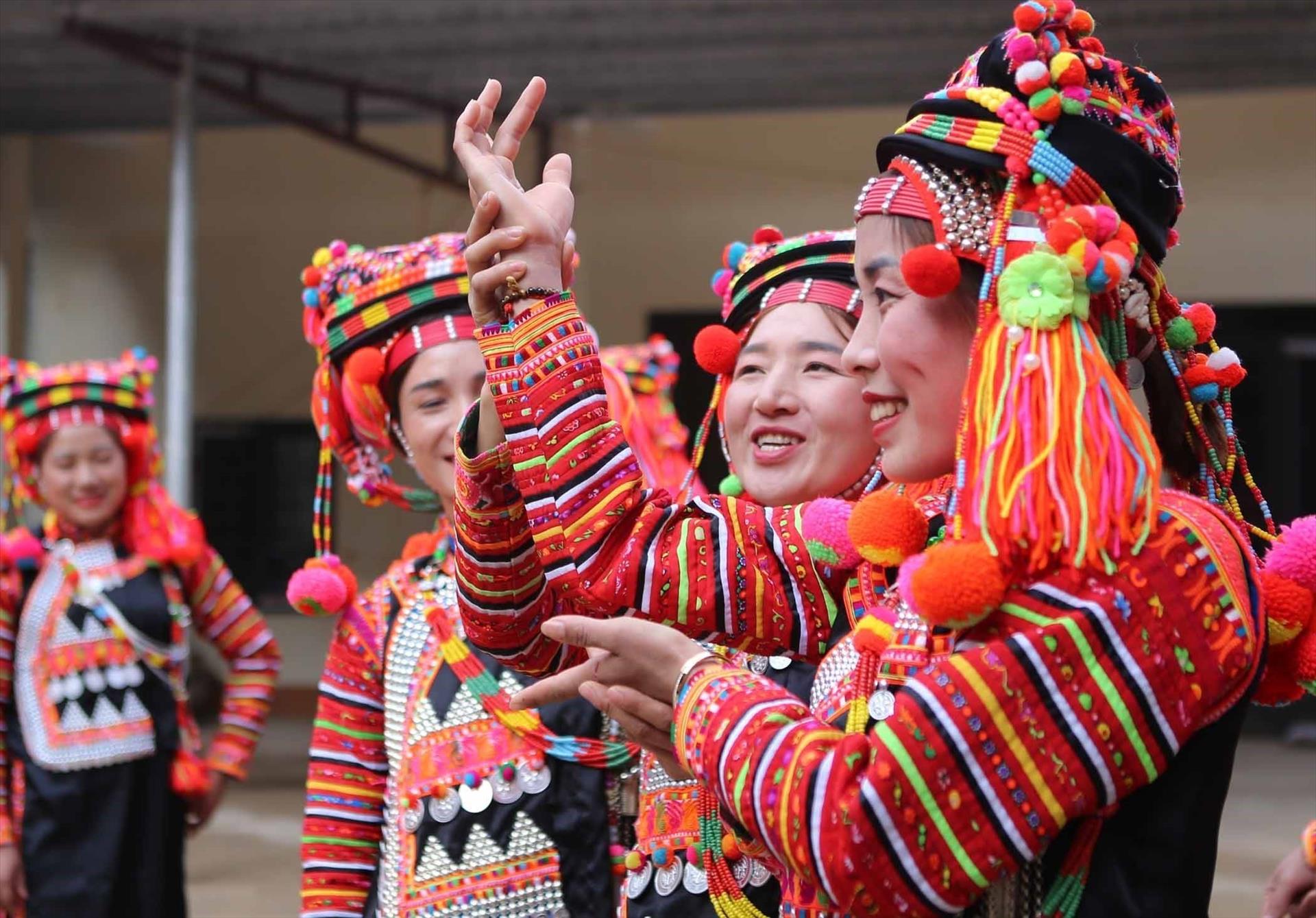Culture Values Prioritized in Vietnamese Tourism Development
For the strategy of positioning its local brand on the map of domestic and international tourism, Vietnam is oriented towards promoting the unique and long-standing cultural values that are closely associated with the history and development of its 54 ethnic groups.
The Party and State have always emphasized the role of culture in tourism development. In fact, Resolution 08-NQ/TW, which was issued by the Politburo on January 16, 2017, outlines that cultural preservation and the promotion of traditional values should be given top priority during the process of developing tourism as a key economic sector.
The approved Tourism Development Strategy for Vietnam until 2030, as stated in Decision 147/QD-TTg on January 22, 2020 by the prime minister, places great emphasis on the development of cultural tourism that incorporates the preservation and promotion of ethnic groups' cultural heritage and identity. Additionally, the strategy underlines the importance of creating cultural tourism products that conserve and enhance the value of cultural, historical, and traditional heritages.
It stresses the need to leverage the unique and diverse culinary strengths of different regions to produce competitive and distinctive tourism products, thus contributing to the creation of a prominent tourism brand for Vietnam.
Vietnam is home to 54 different ethnic groups, each with its own unique culture and traditions. This rich tapestry of cultures provides a vast pool of human resources for Vietnam to tap into and leverage for the development of its tourism industry. Within this tapestry, cultural heritage plays a vital role in the socio-economic development of the country, helping to shape and enrich the spiritual lives of its various minority communities, and contributing to the overall growth of each region, province, and the nation as a whole. This, in turn, strengthens the unity of the Vietnamese people, creating a powerful product for the nation.
It is worth noting that among the 15 Intangible Cultural Heritages of Humanity recognized by UNESCO in Vietnam, many belong to ethnic minority communities. These include the Cultural Space of Gong in the Central Highlands; the Practice of Then singing of the Tay, Nung, and Thai ethnic groups; the Xoe dance of the Thai ethnic group; and most recently, Cham pottery making.
In the regions where ethnic minorities live, community-based tourism and homestays are being invested in to meet the increasing demands of tourists. Notable examples include the community based tourism of the Thai people in Ban Men (Dien Bien) and Ban Ang (Son La); the Hmong in Cat Cat village (Lao Cai); the Dao people in Nam Dam village (Ha Giang); and the Muong people in Ban Lac (Hoa Binh). The state and local authorities have constructed numerous tourism sites and routes.
These include the Northwest Loop connecting six provinces of the northwest region, "Through the cultural heritage of Vietnam's Northeast", and the tourism route to explore the gongs culture of the Central Highlands to promote the indigenous cultural values of the ethnic communities.
Ensuring sustainable tourism development while preserving and promoting cultural values is a challenging task. The development of sustainable tourism should take into account various factors, such as resource management, cultural preservation, a balance with heritage essence, and harmonization with social development.
Vietnam boasts an impressive array of historical sites, with over 40,000 sites to explore, including more than 10,000 provincial-level sites, over 3,610 national sites, 128 special national sites and eight World Cultural and Natural Heritage sites. The country also boasts about 70,000 recorded intangible cultural heritage sites, and 483 sites that are listed on the National Inventory of Intangible Cultural Heritage by the Minister of Culture, sports, and Tourism, including 15 intangible cultural heritage sites that have been recognized by UNESCO.
Story: VNP Photos: VNA Translated by Hong Hanh
